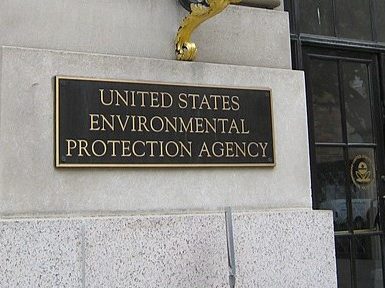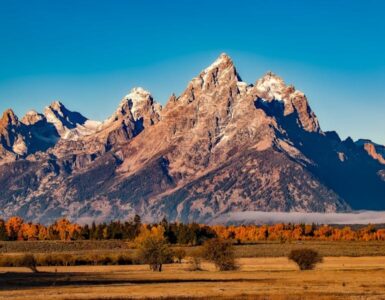Fifteen percent of the food on your plate in any given meal is imported from other parts of the world, namely Mexico. Our neighbor to the south continues to ship in delicious bounties of produce and poultry, which are packaged and sold in stores or to restaurants. In fact, more than a third of the country’s produce passes through the port of entry located in Nogales, beefing up the local economy and creating tons of jobs.
While this all sounds great for us and our bellies, it may be causing a problem for Mexico. Ripe strawberries and plump tomatoes need water to grow. But since our collective hunger for fresh produce is increasing, Mexico’s aquifers are becoming more parched by the day. If this weren’t enough to cause some worry, there’s the issue with wastewater infrastructure in desperate need of repair along the border region where that very produce passes through.
Wastewater, which is water that has been affected by human use including agricultural duties, flows in from Mexico, into the lower Santa Cruz River. The major issue that’s been affecting the water is the poor infrastructure shuttling the fluids along and into the state’s lower basin. Keeping the water clean and trying to keep up with sewer pipe repairs are causing some issues on both sides of the border.
Millions of gallons of water are funneled daily from Nogales, USA, and Nogales, Mexico, and hustled along to a treatment plant on the American side of the border. It’s been doing so since the early 1970s, but it also hasn’t been kept up with very well since then. The pipeline is eroding, allowing water to slip through the cracks and affect the nearby regions. More than tens of thousands of feet of pipeline are currently in need of major repair instead of the short-term fixes that have been implemented recently.
Last year, Arizona dealt with leaked raw sewage seeping out of the 8.5-mile pipeline. In fact, it’s been causing issues for the past decade, enough to cause Gov. Doug Ducey to declare a brief state of emergency. But long-term fixes, which are still needed, are very complex due to watershed leaping over borders.
“That whole system needs more rehabilitation. There just simply isn’t enough money right now,” says Amanda Baillie, public information officer for Cochise County. “Obviously when you have waste coming across the border that’s a concern. We’ve been testing the water to ensure that there isn’t a public health issue.”
The subject of good old-fashioned red tape is causing a legislative kink in the water system. Settlement talks have been underway between state and federal officials, which could end litigation over the aging infrastructure and finally bring long-term repair and stop the leaking that threatens to contaminate the water.
Part of the holdup is coming from the Mexico side of talks as the agreement has to benefit both countries to preserve a flow that is essential to the communities that surround the pipeline. Mexico relies on the pipe to deal with its waste and Arizona relies on the water to be treated and keep the wetland nearby alive.
Local governments aren’t finding support in the need to deal with the pipeline. Instead the issue rests on the shoulders of the U.S. Section of the International Boundary and Water Commission and its Mexican equivalent. The Arizona Department of Environmental Quality regulates the treatment plant located just north of the border.
Regulators from the state began citing the treatment plant more than a decade ago when the leaking started. The leakage was more than just water—it was water tainted with things like cadmium, cyanide and harmful substances from Mexico’s industrial waste, including the agricultural projects producing all the fresh fruits and vegetables shipped here by the truckload every day.
One final snag though is the fact that Mexico doesn’t necessarily send its wastewater to Arizona under the treaty. Mexico ships about twice as much water through the pipes as its Arizona counterpart. If Mexico were to elect to process that wastewater in its own backyard it would cause major issues on the Arizona side by cutting down on the amount of water flowing into the Santa Cruz River.
Settlement talks currently underway feature a push to address the funding gap to fix the pipeline through multiple phases. Designs are already completed and $21 million is available to the water commission to begin contingent upon an agreement between Arizona and Mexico.
“The fixes that have been done should hold, but there still needs to be a bigger fix,” adds Baillie.
















Add comment